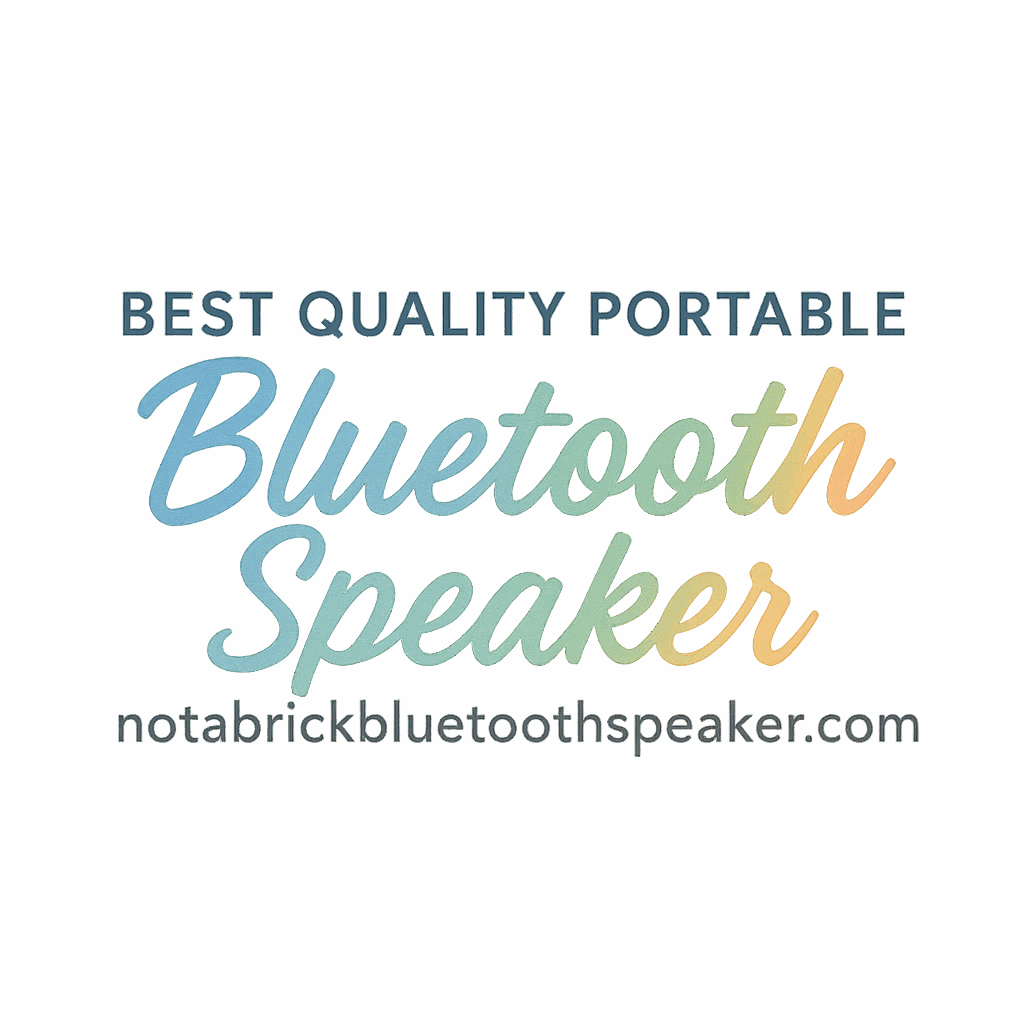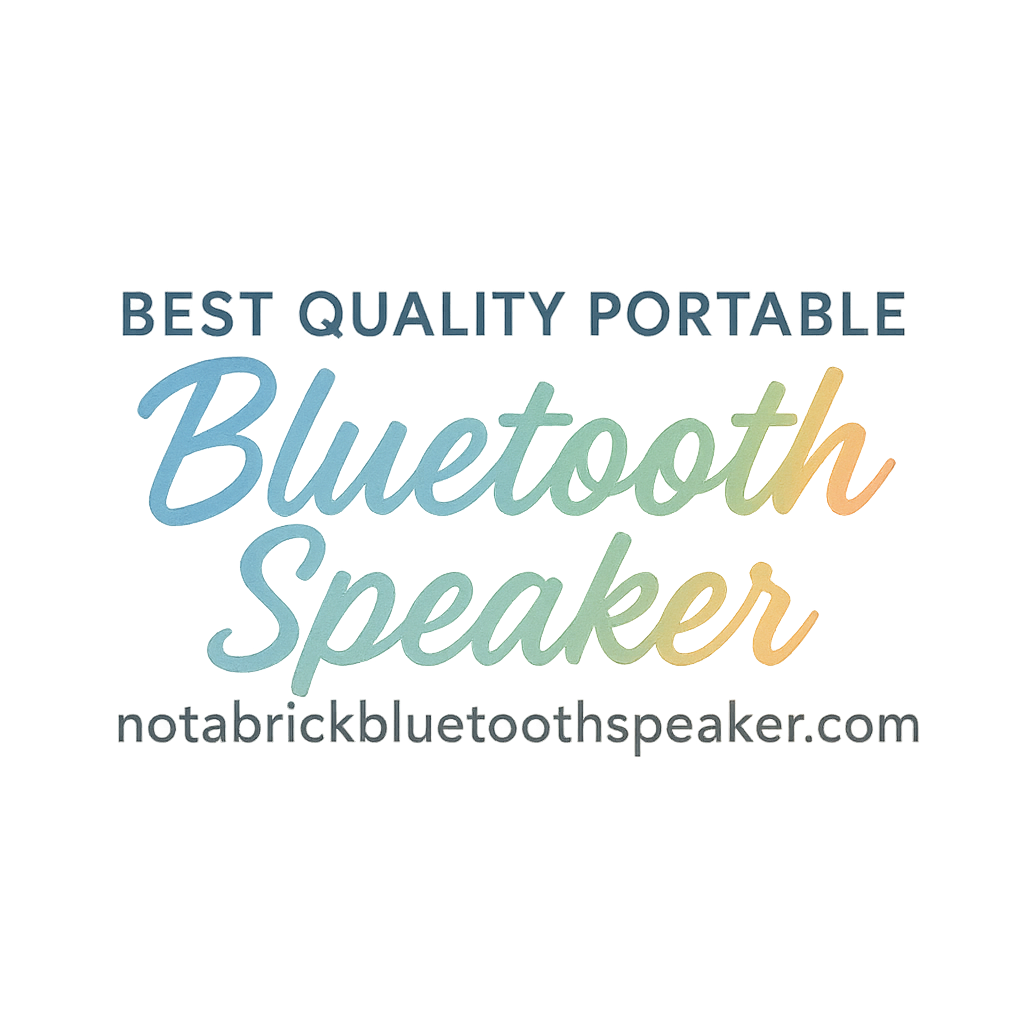Introduction
Let’s be honest—when you’re jamming out to your favorite playlist or setting the mood for a BBQ, you don’t just want any sound. You want rich bass, crystal-clear vocals, and maybe even a little goosebumps when the beat drops. Well, all that magic? It starts with the sound drivers inside your Bluetooth speaker.
Sound drivers are the heart and soul of your speaker. They’re not just some boring tech term; they’re what turn digital files into the booming, crisp, or mellow sounds you love. In this post, we’re diving into 7 crucial reasons why sound drivers literally define the performance of your Bluetooth speaker.
And hey—if you’re in the market for a new one, check out our handy buying guides and some in-depth comparison reviews.
1. What Are Sound Drivers in Bluetooth Speakers?
Understanding the Basics of Sound Drivers
A sound driver is basically a mini-speaker within your speaker. It converts electrical signals into sound waves using vibrations. The quality of these drivers influences everything from bass to treble.
Types of Drivers Found in Bluetooth Speakers
- Full-range drivers: Most common in compact speakers.
- Woofers: For bass-heavy output.
- Tweeters: Handle high-frequency sounds.
- Midrange drivers: Crucial for vocals and instruments.
Many portable Bluetooth speakers opt for full-range drivers, but premium models like those from JBL or Bose often combine multiple types for better results. Want to explore JBL alternatives? We’ve got that too.
2. Driver Size Directly Impacts Sound Quality
Why Bigger Isn’t Always Better
It’s easy to assume bigger drivers equal better sound, but that’s not always the case. Larger drivers can offer more bass, but they may struggle with crisp highs unless paired with tweeters.
Finding the Right Balance Between Portability and Performance
If you’re after both mobility and quality, look for speakers with 1.5″ to 2.5″ drivers. Many portable options offer impressive performance without being clunky.
3. Sound Drivers Influence Bass Depth and Clarity
How Drivers Handle Low-Frequency Output
Bass isn’t just about boom—it’s about clarity. A driver’s ability to handle low frequencies without distortion makes a big difference. The better the driver, the cleaner the bass.
Bass Performance vs. Speaker Size
Smaller speakers typically struggle here, unless they’re built with passive radiators or smart driver tech. Check out our tips for sound performance upgrades for more on this.

4. High-Quality Drivers Deliver Clearer Highs and Mids
Importance of Balanced Audio Spectrum
Balanced sound means you can hear everything—from the whisper of a snare to the full blast of a guitar solo. This balance depends on the speaker having good drivers for all frequency ranges.
The Role of Tweeters and Midrange Drivers
Some of the best Bluetooth speakers separate the workload:
- Tweeters take care of highs.
- Midrange drivers cover vocals and instruments.
This driver separation brings out those juicy mids and silky highs.
5. Multi-Driver Systems Offer Superior Sound Separation
Dual and Tri-Driver Setups Explained
Multi-driver setups are where things get real. A dual-driver system might pair a woofer with a tweeter, while tri-driver systems often add a midrange speaker.
Spatial Audio and Stereo Separation
These setups offer better stereo effects and give music that 3D, surround feel. If that’s what you’re chasing, make sure your speaker doesn’t cut corners here.
For more comparisons, don’t forget to check out our comparison reviews.
6. Driver Material Affects Sound Output and Longevity
Common Materials Used in Speaker Drivers
From paper to Kevlar, the material in a sound driver matters. Here’s a quick breakdown:
- Paper: Great sound, less durable.
- Polypropylene: Balanced and weather-resistant.
- Metal & Ceramics: High fidelity but pricey.
Durability vs. Audio Fidelity
If you’re rough with your gear, opt for more rugged materials. But if you’re an audiophile, focus on materials that prioritize clarity and response.
Also, check out our care and maintenance tips to make your drivers last longer.
7. Sound Drivers Determine Overall Audio Performance Metrics
Sensitivity, Frequency Response, and Impedance
These terms sound geeky but they matter:
- Sensitivity affects how loud your speaker gets.
- Frequency response determines how well it handles highs and lows.
- Impedance plays into efficiency and compatibility.
The sound driver is central to all these specs. Want more audio tips? Visit our audio tag hub.
Matching Drivers with Bluetooth Technology
Even the best driver won’t shine if the Bluetooth tech isn’t up to par. Look for speakers with Bluetooth 5.0+ to ensure low latency and higher fidelity sound transfer.
Choosing the Right Bluetooth Speaker Based on Driver Quality
Read Specs, Not Just Branding
Don’t fall for marketing fluff. Read the spec sheet:
- Driver size
- Driver count
- Driver materials
Compare Models Before You Buy
Use our buying guides and feature comparisons to make the best choice.
How to Care for Your Bluetooth Speaker’s Drivers
Simple Maintenance Tips
- Keep it dry.
- Avoid dropping it.
- Clean it with a soft cloth.
Keeping Your Sound Drivers in Top Shape
Store your speaker properly, avoid extreme temperatures, and follow our maintenance and troubleshooting guide for detailed tips.
Conclusion
When it comes down to it, sound drivers are the lifeblood of your Bluetooth speaker. They dictate how your music sounds, how immersive your movies feel, and even how long your speaker lasts. Whether you’re looking for chest-thumping bass or crystal-clear treble, it all starts with the drivers.
So next time you’re shopping, don’t just go by looks or brand. Dive into the specs, explore what makes each driver unique, and make an informed decision. And remember—you can find the best recommendations, comparisons, and Bluetooth speaker care tips right at Not A Brick Bluetooth Speaker.
FAQs
1. What is the best driver size for a portable Bluetooth speaker?
For a balance of portability and sound quality, 1.5″ to 2.5″ drivers are ideal.
2. Can a Bluetooth speaker have multiple drivers?
Yes! Premium models often include woofers, tweeters, and midrange drivers for better sound separation.
3. Why does my Bluetooth speaker sound distorted at high volume?
Your drivers may be too small or low quality. Check for driver size and wattage ratings.
4. Are ceramic drivers better than paper ones?
Ceramic drivers last longer and offer higher fidelity, but they can be more expensive.
5. How can I improve my speaker’s bass performance?
Look for models with passive radiators or larger woofers. You can also place the speaker near walls to enhance bass.
6. Should I care about driver material?
Absolutely! Materials affect both sound quality and longevity. Polypropylene is a good all-rounder.
7. Where can I find detailed Bluetooth speaker comparisons?
Right here at Not A Brick Bluetooth Speaker—your go-to resource for everything audio!


